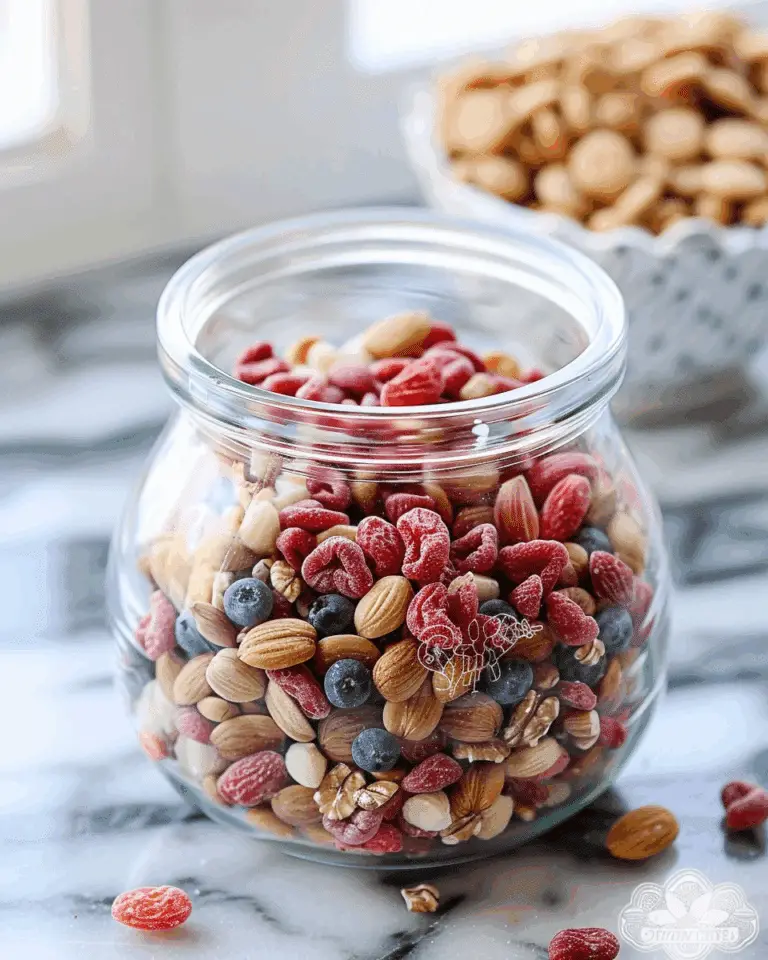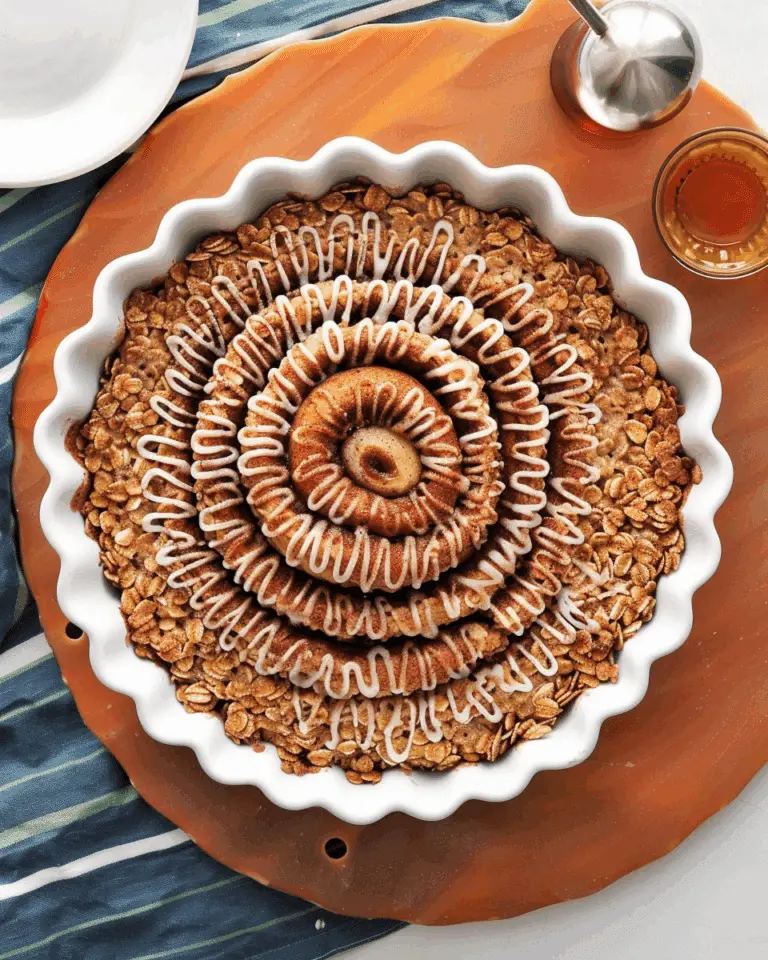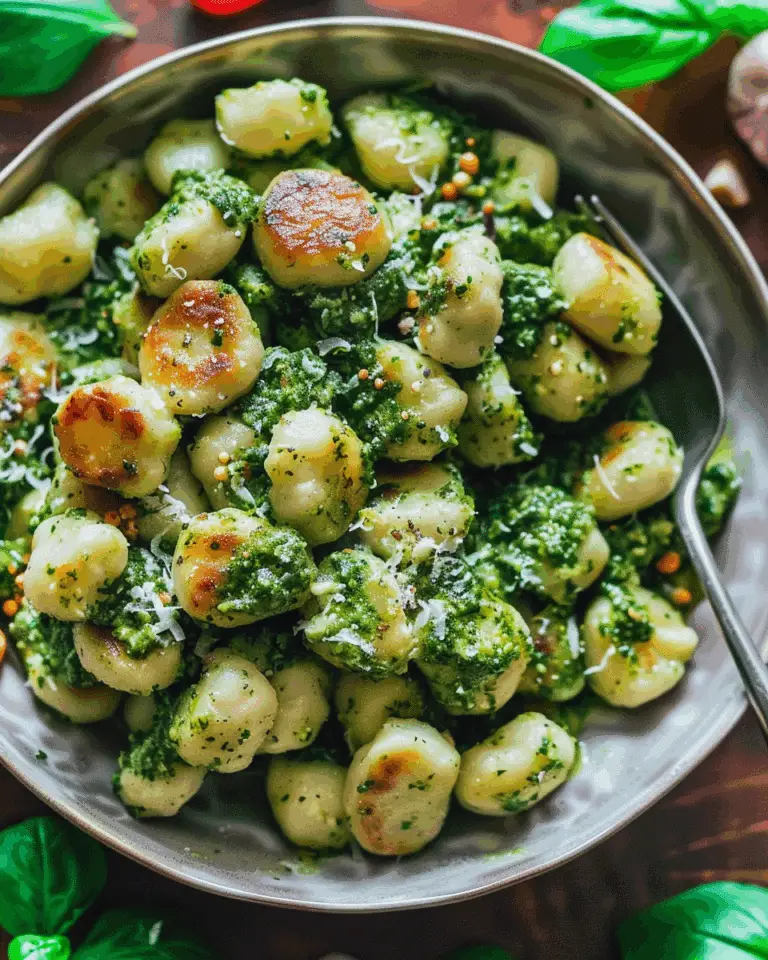There’s something wonderfully rewarding about making croissants from scratch. I love how the buttery scent fills the kitchen, and the satisfaction I get when I pull apart a warm, golden croissant to reveal its soft, flaky layers is unmatched. Though the process takes time and patience, every step is worth it. This recipe brings the charm of a French bakery right into my home.

Why You’ll Love This Recipe
I find this croissant recipe especially fulfilling because it feels like a true baking accomplishment. The process of lamination, folding butter into dough, creates those signature flaky layers that always impress. I can enjoy them fresh, freeze some for later, or even turn them into chocolate croissants. They’re versatile, elegant, and perfect for any occasion—whether I’m hosting brunch or simply treating myself.
Ingredients
(Here’s a tip: Check out the full list of ingredients and measurements in the recipe card below.)
-
4 cups all-purpose flour (500g)
-
¼ cup granulated sugar (50g)
-
2 ¼ teaspoons active dry yeast (7g)
-
1 ¼ teaspoons salt
-
1 cup warm milk (240ml)
-
10 tablespoons unsalted butter, cold (140g)
-
1 egg (for egg wash)
Directions
Step 1: Prepare the Dough
I start by mixing the flour, sugar, yeast, and salt in a large bowl. Once combined, I add the warm milk and stir until a dough forms. Then I knead it for about 8 to 10 minutes until it’s smooth and elastic. After shaping it into a ball, I place it in a greased bowl, cover it with plastic wrap, and let it rest in the fridge for at least 6 hours or overnight.
Step 2: Prepare the Butter Block
While the dough rests, I shape the cold butter into a 7×7-inch square between two sheets of parchment paper, making sure it’s even. Then I chill it until it’s firm but pliable.
Step 3: Laminate the Dough
I roll the chilled dough into a 10×10-inch square and place the butter block in the center. Folding the corners over the butter like an envelope, I seal the edges. Then I roll the dough into an 8×24-inch rectangle, fold it into thirds, wrap it, and chill it for 30 minutes. I repeat this folding and chilling two more times to build the layers.
Step 4: Shape the Croissants
After the final chill, I roll the dough to about ¼ inch thick. Using a sharp knife or pizza cutter, I cut long triangles with a 3-inch base and 8-inch height. Starting from the base, I roll each triangle up, gently stretching the dough, and place them on a parchment-lined baking sheet with the tip tucked underneath.
Step 5: Proof the Croissants
I cover the croissants loosely and let them rise at room temperature for about 2 hours until they’re puffy and nearly doubled in size.
Step 6: Bake to Perfection
Once proofed, I preheat my oven to 375°F (190°C). I beat the egg and brush it over the croissants, then bake for 18 to 22 minutes until they’re golden brown and crisp. I usually can’t resist trying one right out of the oven.
Servings and Timing
-
Yield: 12 croissants
-
Prep Time: 12 hours (including chilling and resting)
-
Cook Time: 20 minutes
-
Total Time: 12 hours 20 minutes
Variations
Sometimes I like to switch things up:
-
Chocolate croissants: I add a small piece of chocolate to the base of each triangle before rolling.
-
Mini croissants: I cut the triangles smaller for bite-sized treats.
-
Nut-filled: A smear of almond or hazelnut spread turns them into something extra decadent.
-
Almond croissants: I fill them with almond cream and top with sliced almonds before baking.
Storage/Reheating
I store baked croissants in an airtight container at room temperature for up to 2 days. For longer storage, I freeze them and reheat in a 350°F (175°C) oven for 5–7 minutes. If I freeze unbaked croissants, I let them thaw and proof overnight in the fridge before baking.
FAQs
Can I freeze croissants before baking?
Yes, I always freeze shaped, unbaked croissants on a tray first. Once solid, I transfer them to a container or freezer bag. When I want one, I let it thaw and proof overnight in the fridge and bake as usual.
Why didn’t my croissants come out flaky?
If mine aren’t flaky, I usually check if the butter got too soft during rolling, or if I pressed too hard and flattened the layers. Proofing time also plays a role—under or over-proofing can ruin the texture.
How do I store leftover croissants?
I keep them in an airtight container at room temperature for up to 2 days. After that, I freeze them and reheat in the oven when I’m ready to enjoy another.
What’s the best way to reheat croissants?
To reheat, I pop them in a 350°F (175°C) oven for 5–7 minutes. That way they come out crisp and warm, almost like freshly baked.
Can I make these in advance for a party or brunch?
Absolutely. I usually prepare and shape them the night before, then proof and bake them the next morning. I’ve also baked them ahead of time and simply reheated them before serving.
Conclusion
Making French croissants at home is a baking journey I always find deeply satisfying. From the quiet patience of laminating the dough to the excitement of watching them puff up in the oven, the process is as rewarding as the results. Whether I enjoy them plain, with jam, or filled with something sweet, homemade croissants never fail to feel like a special treat.
Print
Perfect Homemade French Croissants – A Step-by-Step Guide
- Total Time: 12 hours 20 minutes
- Yield: 12 croissants
- Diet: Vegetarian
Description
Homemade French croissants with buttery, flaky layers, achieved through careful lamination (folding butter into dough). A rewarding project that delivers warm, golden pastries straight from your kitchen.
Ingredients
- 4 cups (500 g) all‑purpose flour
- ¼ cup (50 g) granulated sugar
- 2¼ tsp (7 g) active dry yeast
- 1¼ tsp salt
- 1 cup (240 ml) warm milk
- 10 tbsp (140 g) unsalted butter, cold
- 1 egg (for egg wash)
Instructions
- Dough & Butter Prep: Combine flour, sugar, yeast, and salt. Add warm milk, stir into a dough, then knead 8–10 minutes until smooth and elastic. Refrigerate dough overnight (6+ hours) to rest and chill. Shape the cold butter into a 7×7‑inch square between parchment; refrigerate until firm. :contentReference[oaicite:1]{index=1}
- Lamination: Roll dough into 10×10‑inch square. Place butter block in center, fold dough corners over to seal like an envelope. Roll into 8×24‑inch rectangle, fold into thirds (“letter fold”), chill 30 minutes. Repeat rolling, folding, and chilling two more times—the classic three turns creates ~81 flaky layers. :contentReference[oaicite:2]{index=2}
- Shaping Croissants: Roll out dough to ¼‑inch thickness. Cut into triangles ~3‑inch base × 8‑inch height. Roll each triangle from base to tip, slightly stretching for lift. Place on parchment‑lined baking sheet with ends tucked underneath. :contentReference[oaicite:3]{index=3}
- Proofing & Baking: Let croissants proof until puffy and nearly doubled—about 2 hours at room temperature or in a warm, humid space. Brush with egg wash. Bake at 375°F (190 °C) until golden brown, about 18–22 minutes. Reduce temperature mid‑bake if needed for even browning. :contentReference[oaicite:4]{index=4}
Notes
- Keep dough and butter cold between steps; this is key to flaky layers. Work in a cool kitchen. :contentReference[oaicite:5]{index=5}
- Use European‑style butter (82%+ fat) for better lamination and flavor. :contentReference[oaicite:6]{index=6}
- Lamination builds layers—three folds yield 81 layers for optimal flakiness. :contentReference[oaicite:7]{index=7}
- Freeze shaped (unbaked) croissants for make‑ahead preparations: thaw and proof overnight before baking. :contentReference[oaicite:8]{index=8}
- If pressed for time, consider a simplified “cheater” croissant using spread butter instead of a block. :contentReference[oaicite:9]{index=9}
- Prep Time: 12 hours (including chilling and resting)
- Cook Time: 20 minutes
- Category: Pastry
- Method: Laminated Baking
- Cuisine: French
Nutrition
- Serving Size: 1 croissant
- Calories: 300
- Sugar: 8 g
- Sodium: 220 mg
- Fat: 15 g
- Saturated Fat: 9 g
- Unsaturated Fat: undefined
- Trans Fat: undefined
- Carbohydrates: 35 g
- Fiber: undefined
- Protein: 6 g
- Cholesterol: 50 mg







